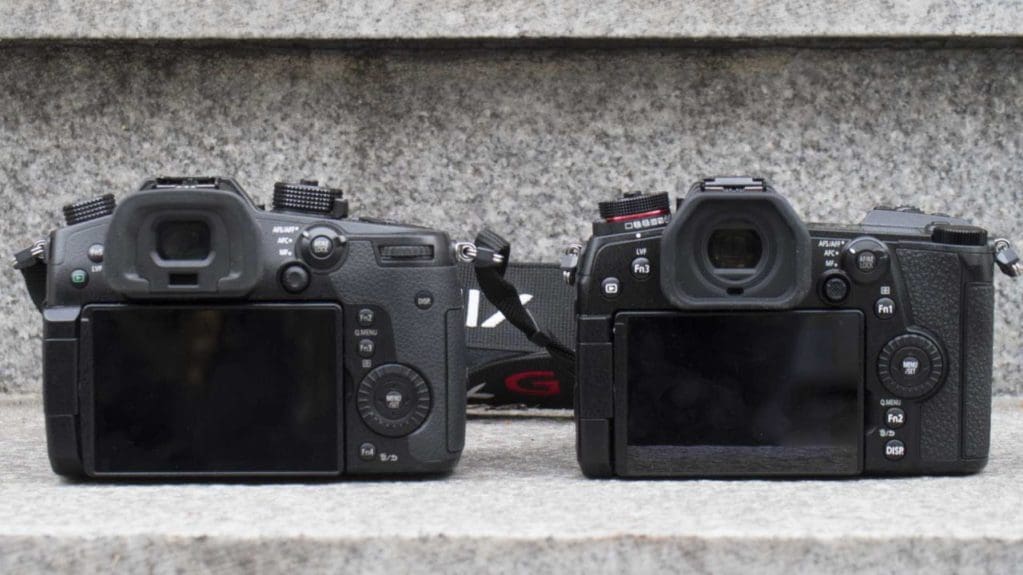Panasonic has launched the Lumix G9 to sit alongside the GH5 as its flagship stills camera. Let’s take a look at how the two models compare.
Autumn Photography Tips: Stills Focus
Sensor and Processing Engine
The Panasonic G9 shares the 20.3MP sensor and Venus 10 processing engine with the GH5 but is optimized for stills, promising superior image quality.
High-Resolution Mode
The G9 features a unique High-Resolution mode, capturing eight images in succession to produce an 80MP composite image, showcasing finer details suitable for large prints. This mode requires a tripod for stability.
Image Stabilization
Boasting Dual IS, the G9 extends shutter speed compensation to 6.5EV, enhancing handheld shooting capabilities across various focal lengths.
Autofocus
The G9’s 225-point contrast-detection AF system, enhanced for speed, offers a 0.04-second focus acquisition time. It includes customizable continuous AF settings and a new AF-point Scope mode for precise focus checks.
Continuous Shooting
The G9 excels in continuous shooting, offering up to 60fps with its electronic shutter in single AF mode and impressive speeds in continuous AF mode, outpacing the GH5 in certain aspects.
Screen and Viewfinder
While the G9 has a slightly smaller screen than the GH5, both feature touch-sensitive, vari-angle displays. The G9’s electronic viewfinder offers higher magnification and refresh rates, providing a more responsive and detailed view.
These features collectively make the Panasonic G9 a formidable tool for capturing stunning autumnal scenes, combining high-resolution imaging, advanced stabilization, and rapid autofocus capabilities to accommodate dynamic shooting conditions.
Build and Handling

The G9 looks quite similar to the GH5 but it doesn’t have the same body and the GH5 is a bit thicker and heavier. This is partly to help deal with the heat that’s created when 4K movies are recorded.
However, the G9 has a bigger, deeper grip to give a better hold when long, heavy lenses are used. That makes sense for a camera that’s aimed at wildlife photographers.
In addition, the G9 has a top-plate LCD screen to show key settings.
Control Layout
As the top-plate LCD on the right, the G9’s mode dial is to the left of the viewfinder with the drive mode dial sitting underneath.

Including the status screen on the G9 means that Fn1 on the GH5 has had to be moved from the top-plate of the G9. However, the same three buttons that give access to the white balance, sensitivity (ISO) and exposure compensation controls are there along with the video record button.

Like the GH5, the G9 has a rear command dial above the thumb-rest, but this exposed on the top-plate rather than buried in the camera body. This makes it a bit easier to use when the camera is below head-height while making it convenient for use when you’re looking in the viewfinder.
In a welcome change form the GH5, the G9’s DISP button is below the control wheel on the back of the camera. This makes it much less likely to be pressed accidentally.



